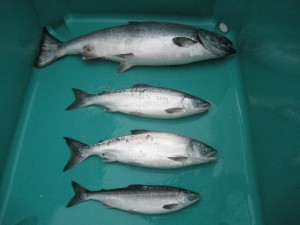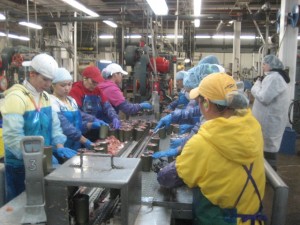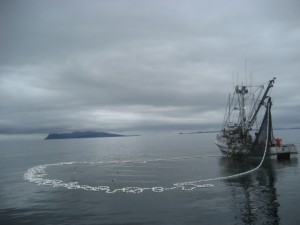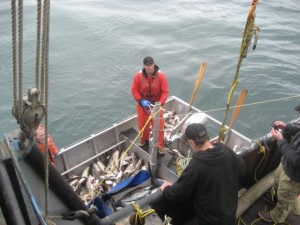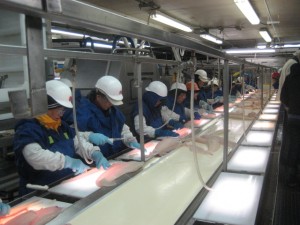Enough about Alaska. What about Gulf seafood?
A reader, Lucas Pattan, writes:
I’m writing to ask if you could do a post over the next few weeks about what you expect the impact of the Gulf spill will be on America’s seafood industry. GQ has an amazing piece about fishermen and rigmen affected by the Deepwater Horizon, and the information about the fishing industry is pretty frightening [for the GQ piece click here].
I don’t have a crystal ball about the impact of the BP disaster on the Gulf seafood industry, but I’m assuming its effects will cause problems similar to those that happened as a result of the Exxon Valdez oil spill—only worse.
The Exxon Valdez spill occurred in 1989 in cold Alaskan waters. Fish and wildlife stocks have not fully recovered 21 years later and it will be years before they do. According to the Wikipedia entry on this event:
Both the long- and short-term effects of the oil spill have been studied comprehensively….The effects of the spill continued to be felt for many years afterwards. Overall reductions in population have been seen in various ocean animals, including stunted growth in pink salmon populations….Almost 20 years after the spill, a team of scientists at the University of North Carolina found that the effects are lasting far longer than expected. The team estimates some shoreline Arctic habitats may take up to 30 years to recover.
The Wikipedia continues with a comment on corporate responsibility:
Exxon Mobil denies any concerns over this, stating that they anticipated a remaining fraction that they assert will not cause any long-term ecological impacts, according to the conclusions of 350 peer-reviewed studies. However, a study from scientists from the NOAA concluded that this contamination can produce chronic low-level exposure, discourage subsistence where the contamination is heavy, and decrease the “wilderness character” of the area.
It looks to me as though the ecological, economic, and corporate effects of this one will be even worse and longer lasting:
- It’s a bigger and longer lasting spill.
- The economy of the Gulf states have yet to recover from hurricane Katrina.
- Oysters don’t swim.
- Much of the Gulf was already a dead zone created by agricultural runoff and industrial pollution.
- The waters are warmer and less rich in nutrients.
- U.S. energy policy still focuses on oil.
At the moment, is seafood from the Gulf region safe to eat? President Obama says it is. I hope he’s right
The FDA is sampling oysters, crabs, and shrimp and doing more inspection of seafood processing plants, closing down waters that seem to be contaminated, and doing what it can to make sure that tainted seafood is not getting into the marketplace.
According to a report in Food Chemical News II (June 21), the FDA says it will not re-open oil-contaminated waters to fishing until:
oil from the spill is no longer observable and seafood samples from the area successfully pass both sensory analysis by trained screeners and chemical analysis to ensure there are no harmful oil products found in them.
Smelling the fish to see if it’s OK? I don’t think so.

